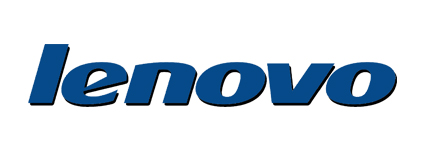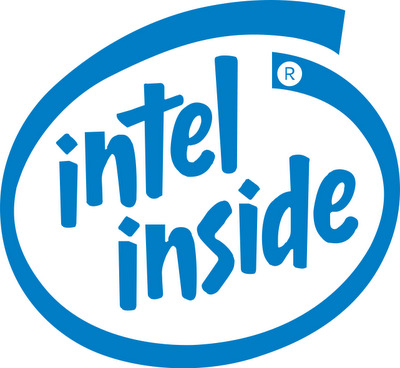Sam Walton, a leader with an innovative vision, started his own company and made it into the leader in discount retailing that it is today. Through his savvy, and sometimes unusual, business practices, he and his associates led the company forward for thirty years. Today, four years after his death, the company is still growing steadily. Wal-Mart executives continue to rely on many of the traditional goals and philosophies that Sam’s legacy left behind, while simultaneously keeping one step ahead of the ever-changing technology and methods of today’s fast-paced business environment. The organization has faced, and is still facing, a significant amount of controversy over several different issues; however, none of these have done much more than scrape the exterior of this gigantic operation. The future also looks bright for Wal-Mart, especially if it is able to strike a comfortable balance between increasing its profits and recognizing its social and Continue reading
Management Case Studies
Management case studies are real-life examples of issues and problems found in particular workplaces or business organisations. Case study assignments give the opportunity to relate theoretical concepts to practical situations. Most case studies are written in such a way that the reader takes the place of the manager whose responsibility is to make decisions to help solve the problem. In almost all case studies, a decision must be made, although that decision might be to leave the situation as it is and do nothing.
Case Study of Lenovo: Project Management Improves Strategy Execution and Core Competitiveness
I. Background In recent years, the personal computer (PC) industry has been developing by leaps and bounds. Global sales of PCs totaled 230 million units in 2006, representing a 9 percent increase over the previous year. Lenovo has a product line that includes everything from servers and storage devices to printers, printer supplies, projectors, digital products, computing accessories, computing services and mobile handsets, all in addition to its primary PC business, which made up 96 percent of the company’s turnover as of the second quarter of 2007. Since its acquisition of IBM’s Personal Computing Division in May 2005, Lenovo has been accelerating its business expansion into overseas markets. The company transferred its corporate headquarters from Beijing, China to Raleigh, North Carolina, USA. Today, the group has branch offices in 66 countries around the globe. It conducts business in 166 countries and employs over 25,000 people worldwide. Lenovo is organized into Continue reading
Case Study: Tata Salt’s Advertisement Campaign
The ‘Meine desh ka namak khaya hai’ TATA advertisement campaign in 2002 offered viewers an instant connection. In India, salt and loyalty have been associated from time immemorial. ‘Namak halal” and “Namak Haram” are commonly used terms for honest and dishonest people respectively. According to cultural connotations, after consuming salt at a person’s house the one who has consumed the salt should not cheat his/her host. The campaign connected with the consumer at an emotional level. TATA Chemicals Ltd (TCL) started manufacturing salt in 1939 after establishing a solar salt works at Mithapur, Gujarat. It pioneered the concept of iodized and vacuum-evaporated salt in India in the early 1980s and created a need that was not felt by consumers before. Interestingly, the opportunity came accidentally, when in 1983, the company needed fresh water for its boilers that produced soda ash at its Mithapur plant in Gujarat. Continue reading
Case Study: “Intel Inside” Campaign by Intel
Initially the motivation behind the branding of Intel Inside was to establish the company by name and identify the high performance products that were used inside the computer with the company. This was in an effort to create an image for a company which often was subjected to behind the scenes and specific industry awareness, but wanted to establish it’s brand presence to the general public. Intel created a consumer brand to make sense of the rapidly changing computer cycles. The technology giant had already established a reputation as a quality brand throughout the technology world, however, their aim was to spread awareness and create a positive image for themselves in the public eye. The success of Intel can be attributed to many factors over their rise to the top of the technology world. First, they established a co-op advertising program to start attracting original equipment manufacturers and place their Continue reading
Case study- “Merger of HDFC Bank and Times Bank”
In November 1999, when Deepak Parekh and S M Data, Chairman of new private sector banks shook hands, they created a history of sorts. It is the first ever mega merger of Indian banks. It signaled that Indian banking sector has finally joined the MBA bandwagon. There is no denying the fact that there have been mergers in the Indian banking sector before, but they were essentially attempts by the government to bailout the weak public sector banks that made the stronger partners feeble. Now, the paradigm shifts lies in the fact that while the earlier mergers took place at the behest of the government, the market forces drove the merger of HDFC BANK and Times Bank. Any talk of M&A in the Indian banking sector would have been pointless a few years ago. And any suggestion of merger of banks would be regarded as nothing short of Continue reading
Case Study- “Entry of LIC into Banking: Is it a Wise Decision?”
Life Insurance Corporation of India (LIC) is a long-term player with long-term resources garnered at a low cost. It has chosen Corporation Bank and Oriental Bank of Commerce, for investments in their equity shares. These two public sector banks have the distinction of turning out superlative performance. The business per employee and intermediation costs for these two banks are the lowest in the industry. So are there Non-Performing Assets. Corporation bank incidentally, is the only public sector bank, where the recent voluntary retirement schemes has not been implemented, as it does not have any excess staff to be sent out. In the Mangalore based Corporation bank are perhaps the biggest gambles over undertaken by the two giants. That, despite the state banks status as one of the best-managed bank in the country. Competition is intense in both domence at last count there were 19 public sectors, 34 private sectors, and Continue reading



